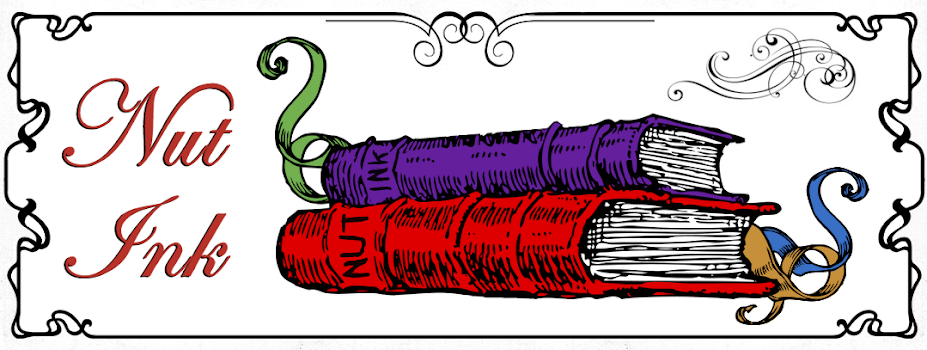Author: Alan Moore |
Illustrator: Kevin O'Neill |
Page Count: 200
"Um... B-Bread and tits to you, flashing Monsignor.”
The Black Dossier fits chronologically between Volumes
Two and
Three of the long-running series. It takes place sixty years after the events of the previous volumes. If you didn't read the New Traveller's Almanac section at the end of Volume Two you’ll be confused. I'd recommend doing so before dipping into TBD.
It differs from previous books. Whereas they were traditional comics, the Dossier, as the title suggests, is a collection of documents relating to the League. It’s a largely text-based sourcebook with some comic panels throughout. The comic part tells the story of how certain characters acquire the Dossier, and the text is the actual Dossier that they have in their possession.
The text sections can be further broken down into prose works, letters, magazine articles and even a tiny Tijuana Bible insert. There's a LOT of reading and not all of it is fun. There's also a map, a cross section and a guidebook. A 7” vinyl record of Moore singing was planned but sadly held back from the standard edition.
As usual it squeezes in a plethora of literary references, even more than before: George Orwell,
Lovecraft, Robert E. Howard, Jonathan Swift,
Shakespeare, Homer, Virgil, John Wyndham,
Kurt Vonnegut, John Cleland, Ian Fleming, Orson Wellles, John Buchan, Margaret Cavendish, Aleister Crowley, John Dee and many, many more. I could go on for the entire length of this Nut. It ceases throwing influences and allusions at the reader just long enough to get some plot in.
O'Neill's art is the best the series has had to date. It's vibrant and filled with the same level of background details as the prose.
A small part of the book is in 3D. It includes a pair of 3D glasses for you to pop-out and assemble. It’s a gimmick that I think is supposed to parody such gimmicks, but it’s asinine and really fucking irritating. What next? Scratch and sniff? I imagine Alan Moore smells of ashtray, cabbage and marmalade. Perhaps Kevin O'Neill smells of school erasers, Tharg’s sweaty leather and censor’s anger.
3 rocket-ships to another dimension out of 5


































